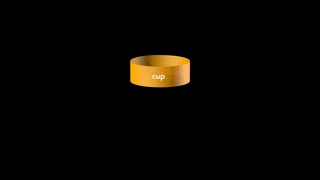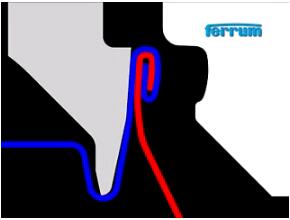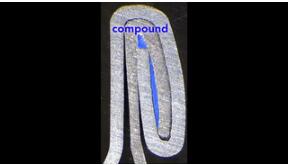You must have had soda before, and you probably used a can as well. But if were to ask you what's inside that raised ring on the edge of the can, you probably wouldn't have a clue.
Let's rule out one option first—the ring is not hollow.
I bet you can't figure it out no matter how hard you try. In reality, that ring contains liquid.
But what kind of liquid is it? Let me explain.
The contents of that ring are closely related to the manufacturing process of the can itself.
In fact, the can is made of aluminum sheets.
These sheets are about 0.3 millimeters thick and are formed by being pressed against a tool called a drawing die.
Continuing from there, a cylindrical object (unch) is forcefully from the top down into the aluminum sheet, forming a short cylindrical object resembling an ashtray. This process is called drawing.
However, with just one drawing step, the circular disc is still wide and thick, and it has not yet reached the final shape of a beverage can. Therefore, further drawing is required.

Each subsequent stamping process thins out the cylinder formed by the aluminum sheet, reducing its radius and increasing its height.
After several stamping processes, the initially round sheet takes on the of a beverage can.
Now, only two steps remain to complete the manufacturing process of a beverage can.
The first step is to create the concave bottom of the can, and the second step is to seal it with a lid.
To create the concave bottom, a tool with a rounded dome shape is used. The process is similar to stamping, where the can is pressed onto the semi-spherical tool to form the concave shape.
But why does the can a concave bottom.Because the concave bottom, like an arch bridge, can withstand greater pressure.
All of these steps together take only about one-seventh of a second.
After trimming the top of the can neatly, it can be sprayed with outer packaging.
The inside of the aluminum can also needs to be coated, otherwise acidic beverages will react with the aluminum, and you would end up consuming a lot of aluminum, which can lead to neurological disorders. (That's why they say not to eat youtiao made with alum, same principle.)
Next, a thinner neck is pulled out for the can to prevent the thin aluminum from wrinkling.
Now, it's time for the most crucial part - sealing the beverage can.
Firstly, the edge of the neck is folded to form a flange.
Then comes the fascinating process of double seaming.
Back in 1810, tin cans were invented, and initially, the can lid and bottom were directly welded to the cylindrical can, resulting in food contamination from the welding materials like lead.
Nowadays, beverage cans commonly employ double seaming to eliminate such issues. Double seaming is a relatively recent invention. In 1894, Ams machine company started producing double seaming machines for canning.
What does double seaming mean? The flange and the lid form a shape resembling a spring roll.

Although double seaming may seem ordinary, it requires high precision. A difference of just 1 millimeter can lead to a failed sealing process.
However, double seaming alone cannot completely seal the can from the inside and outside. Do you see the gaps within this double seaming layer?
These gaps are filled with a liquid sealing compound to prevent gas from escaping through the gaps in the seam and to safeguard the can from external contaminants.
